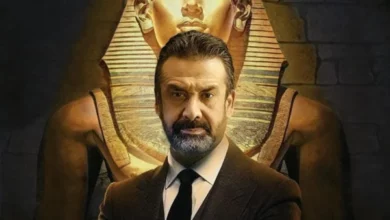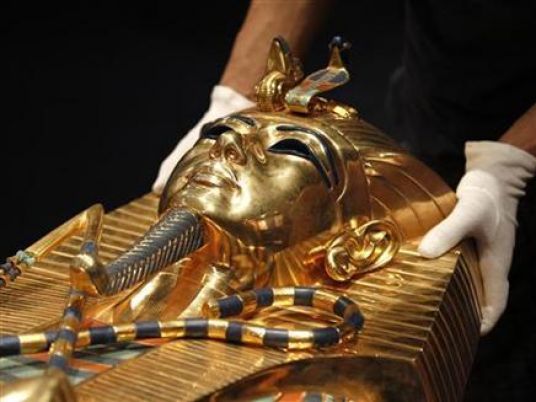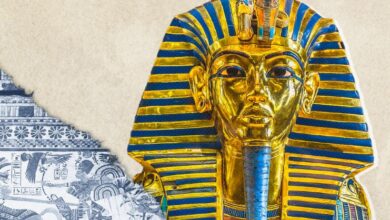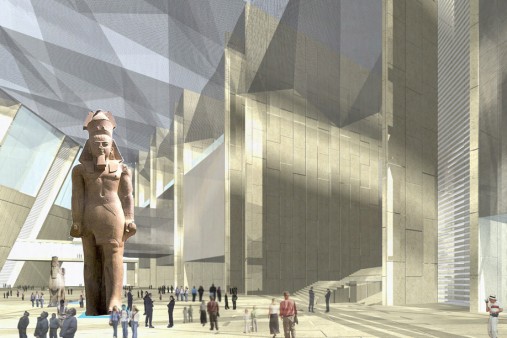The Daily Mail published a report last week about King Tutankhamun that completely distorted the pharaoh, whose treasures and tomb still fascinate the world. The distortion also reached his and his family’s history.
To start with, I was shocked at the three-dimensional picture of the pharaoh that had nothing to do with any pharaoh of the eighteenth dynasty that ruled the whole of the ancient world and not only Egypt.
It was a picture of a deformed French beggar. His face was featured with special computer programs, not based on any scientific study or anatomy of the features of the mummy’s face. And so the features looked French and not Egyptian.
The newspaper said that King Tut had the buttocks of a female. Of course, this was not based on any scientific evidence due to the following reasons:
First, the mummy was scientifically studied four times with X-rays and X-ray computed tomography (CT) in 1925, 1968, 1978 and 2005. None of these scans indicated anything unusual in the buttocks. So how come the French team, which did not study or even touch the mummy, come up with this? Of course, the purpose is to tarnish the image of the world famous Egyptian pharaoh.
Second, if focusing on the buttocks was to relate the king to his father, King Akhenaten who was envisioned with feminine buttocks, it misses the fact that his father was epitomising the male and female nature of God Aton who created himself. Therefore, his statues and carved images were not reflecting his actual physique. Proof is that the study of Akhenaten’s skeleton showed that it is of a male and that it does not carry any manifestations of a female body.
Studies carried out by an Egyptian team on the mummy of King Tutankhamun proved that he was generally in good health, despite his left clubbed foot and his low blood circulation to his left toes. This does not mean that he was an invalid or even a weak young man.
Archaeological evidence proves that King Tut grew up in Memphis, the administrative capital of Egypt. He had a rest house near the valley temple of King Chephren to use when he went hunting. For the whole area that extended from the Giza plateau to Saqqara was called the Valley of the Deers because it was rich with desert animals.
Pictures of King Tut on golden shrines, wooden boxes and handles of gilded fans showed him as he was hunting with arrows while sitting or standing in his cart.
It is unfortunate that the newspaper published distorted and false information about Egypt's golden pharaoh. Many others have tried before to distort Tutankhamun but failed because people forget such lies and only remember the glitter of his unmatched mask that is displayed at the Egyptian Museum.
Edited translation from Al-Masry Al-Youm




